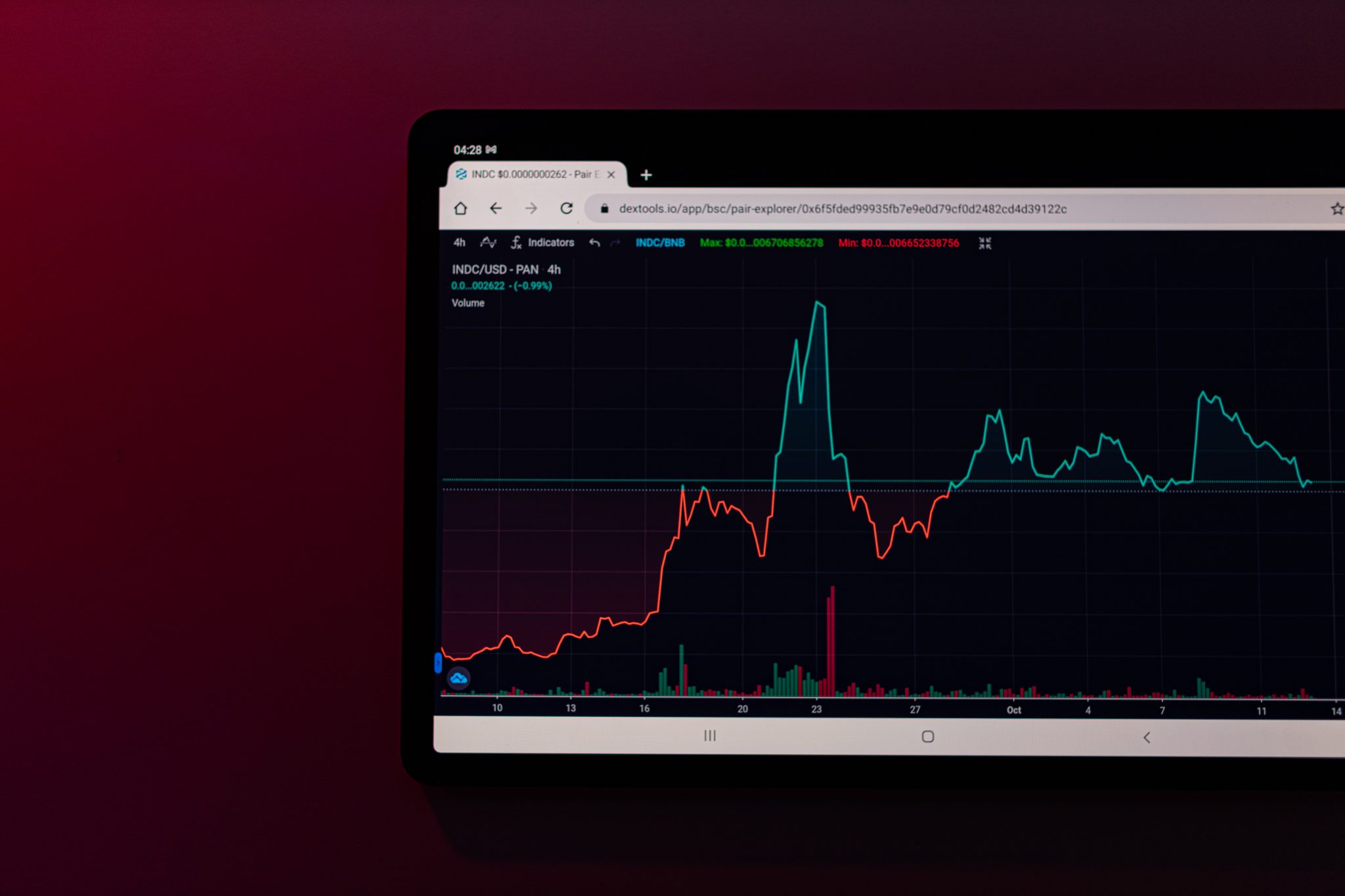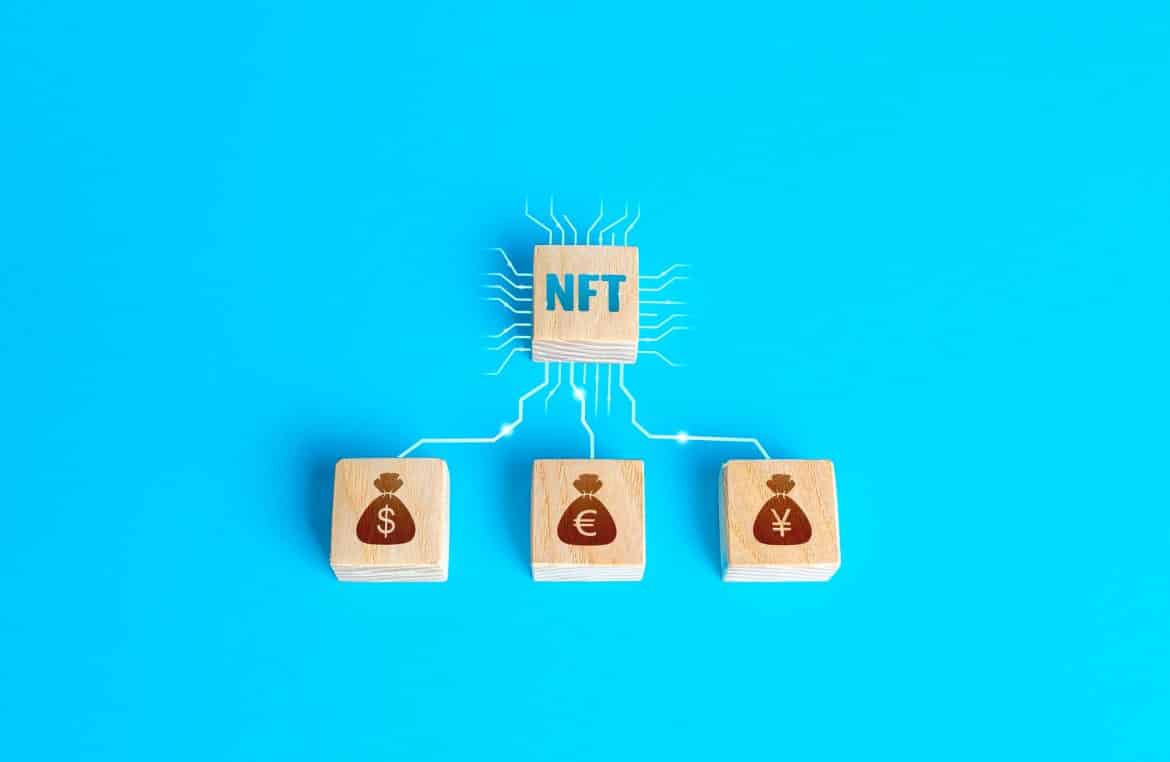The harmonic pattern is a part of a trading strategy, which is also known as a graph pattern. It can help traders to spot pricing trends by forecasting future market movements. Traders can acknowledge these patterns and use them in Harmonic patterns, a form of technical analysis that can state that a price will reverse or continue in the same pattern. While many indicators in Forex predict a general change in price, harmonic patterns work with particular movements in price with their future trading decision. Harmonic Patterns are complicated that happen naturally in financial graphs based on geometric action price and Fibonacci numbers. The patterns were introduced to the trading world by Harold McKinley Gartley. He made such designs and named them after himself, and outlined it in his book called “Profit in the stock market” in 1935.
Harmonic patterns let traders enter the trade in a high probability reverse zone with small risk. Harmonic pattern techniques use Fibonacci price numbers to qualify in a trading system, and they offer a base to establish where the turning points will appear.
What Are The Famous Types Of Harmonic Trading Patterns?
There are many chart patterns to choose from, and each spot has a different trend to show. Yet, you need to note that you should always use your technical analysis before following any practice to make the best trading findings. Let’s discuss some trending pattern forex:
The ABCD pattern
The most straightforward pattern, the ABCD, contains three movements and four points. The ABCD pattern is an easy-to-identify chart pattern that consists of two equal price legs. A harmonic pattern guides traders to predict when the share price is about to change direction. The pattern predicts a bullish or bearish reversal depending on the direction. It is essential to study as it appears very often in stock charts. The bearish pattern begins with a solid upward move – an initial spike (A), during which traders are buying, thus pushing the stock price to its high of the day. (B) Buyers begin to sell their shares to grab profits. Therefore, we end up seeing the point, followed by a healthy pullback.
Once buyers overpower sellers, the pattern shows an intraday low (C) as the price drops. At this point, you should not join the trade since you aren’t sure where the pullback is going to be. When shares make a new high (D), you want resistance for a possible short entry.
The BAT pattern
The Bat pattern is like the Gart. It occurs when a trend temporarily changes direction but continues on its original course. It allows you to enter the market at a reasonable price, just as the pattern ends and the trend resumes. The Bat’s main difference to the Gartley pattern is where it completes at an 88.6% Fibonacci retracement of the X-A leg. Its internal retracements are also slightly different.
Gartley Patterns
The Gartley pattern is the most familiar harmonic chart pattern. Harmonic patterns work on the premise that the Fibonacci series can build geometric structures, such as breakouts and retracements, in prices. The Fibonacci ratio is standard and has become a general area of focus among technical analysts that use tools like Fibonacci retracements, fans, clusters, extensions, and time zones. Many technical experts use the Gartley pattern in conjunction with other chart patterns. The breakdown and breakout price targets may also be used as support and resistance levels by traders. The essential benefit of these chart patterns is that they give specific insights into the timing and magnitude of price movements.
Butterfly pattern
The Butterfly pattern is a reverse pattern consisting of four legs, like the Gartley and Bat pattern, marked X-A, A-B, B-C, and C-D. It helps you to determine when a current price move is approaching its end. This means you can enter the market as the price changes direction.
The Crab
Crab’s harmonic pattern is another unique price structure like the Butterfly chart pattern. The difference between the Crab pattern and the Butterfly pattern is the CD swing leg with a more significant extension. Also, the Crab pattern often experiences very strong and volatile price action. It’s essential to expect higher volatility when performing your trades at the pattern completion point.
How Do You Identify And Draw Harmonic Patterns?
Harmonic Patterns are a solid advanced price action strategy used to catch reactions. The unique thing about Harmonic Patterns is that they use the intersection method. They expect responses from clusters of specific levels defined by Fibonacci retracements. It is simply the fact that Many traders use Fibonacci retracements. Their visibility makes reactions more likely, thus increasing the predictive power of the patterns. Yet, only using Harmonic Patterns on their own might not be enough. They are best combined with contrarian indicators to improve the chances of a profitable trade.
The ABCD Pattern
The details of the pattern can be seen as follows:
- The first impulsive leg should arise when a retracement is predicted, preferably 61.8% but not compulsory.
- The response from the first retracement should equal the first leg.
The Gartley Pattern
This pattern is the first and the most famous complex harmonic configuration. Its ratios are easy to memorize and are more common than the others. Here is how to detect a Gartley pattern:
- The first leg (XA) must retrace back at 61.8%.
- The second leg (AB) must also retrace back at 61.8%.
- The third leg (BC) must return 161.8% in a simple AB = CD pattern.
- From the beginning (XA) to the top, the whole retracement must be 78.6%.
The Bat Pattern
The BAT is one of the sound patterns discovered by Scott Carney, and it is like the Gartley but has other ratios. To recognize a Bat pattern, you should have the following requirements:
- The first leg must retrace back at 50.0%.
- The second leg must also retrace back at 50.0%.
- The third leg must return 200.0% in an easy ABCD pattern.
- The whole retracement from the start to the bottom should be 88.6%.
The Crab Pattern
The Crab pattern is impressive and allows extended moves to catch a comparable reversal level. It is described as:
- The first leg must retrace back 61.8%.
- The third leg should trace back 261.8%.
- The whole retracement percentage should be 161.8% from the start to the bottom.
Briefly Explain The Butterfly Harmonic Forex Pattern.
The Butterfly pattern forex is a reverse pattern consisting of four legs, like the Gartley and Bat pattern, marked X-A, A-B, B-C, and C-D. It will let you determine the current price movement in the ending stage. That also means that you can enter the market when the price of direction will be at the reverse point. The Butterfly Pattern is an express 5-point extension structure, which was founded by Bryce Gilmore and defined by Scott Carney. It has clear Fibonacci measures for every point of its design. It is essential to note that D is not a point but a zone, in which price can reverse, which is known as Reversal Zone (PRZ). The B-point retracement of the introductory XA leg lies at 0.786. The PRZ holds three of the converging levels which are:
- 1.27 extension of the introductory XA leg
- AB=CD pattern, either equal of 1.27
- And BC prediction of 2.00, 2.24 or 2.618
The first target will be the 382 retracements, and the second target is the 618 retracements of AD. Typical stop levels lie behind the next format level after the D point or the 1.41 extension of XA. Traditional traders look for additional verification. These patterns can be bearish and bullish. TradingView has an intelligent XABCD Pattern picture tool to identify 5-point reversal formats visually.
How To Identify The Butterfly Pattern?
Just as mentioned before, the butterfly pattern is like the Bat and practices, with four different legs labeled X-A, A-B, B-C, and C-D. The structure tells traders when to sell after the pattern has been completed. The first leg is formed in its bearish version when the price sharply drops from point X to A.
A-B
The A-B leg then detects the price switch direction and retraces 78.6 % of the length covered by the X-A axis.
B-C
The price switches direction for a second time in the B-C leg and runs back down, retracing 38.2 to 88.6 % of the distance measured by the AB leg.
C-D
The C-D axis is the final and most significant part of this pattern. Like the Bat and patterns, you should also have an AB=CD format to complete the butterfly pattern, but the C-D leg primarily opens to form a 127 or 161.8 percent extension of the A-B leg. Traders will be looking to enter at point D of the pattern. A significant variation with the butterfly pattern over the Bat or Gartley patterns is that traders look to place their entry order at the point where the C-D leg has reached a 127 % Fibonacci extension of the X-A leg. It is the most extended leg of the pattern. Generally, point D should also show a 161.8 to 261.8 % extension of the B-C leg. The pattern has four price swings, and its presence on the diagram looks like the letter ‘M’ for downtrends and ‘W’ for uptrends. It can sometimes be mistaken for a double bottom or double top pattern during the time of formation.
Which Timeframe Is Best For Harmonic Patterns?
The success rate of a trading technique depends on proper backtesting and execution. The harmonic pattern success rate is high, as many dealers have followed it since it’s been introduced. Investors did many types of studies on the winning ratio of harmonic patterns from the beginning. However, the success rate estimation depends on the price diagrams and different patterns with a proper money managing system. For example, if you follow a set and apply rules in trading, your trades might hit stop loss or take profit. There is a big chance of getting the highest profit when the market conditions are favorable. So, moving the stop loss at breakeven might decrease the winning ratio even after using a proper trade system. Yet, a trade management system is better to avoid unexpected failures in unfavorable trading conditions.
Thus, it is not logical to say a specific winning ratio rather than factors to determine the harmonic pattern success rate. Harmonic patterns are a unique way to trade, and they can be helpful for traders who enjoy analyzing price charts and trading patterns. It is necessary to remember that harmonic patterns are not always correct. The price may not change at potential reversal zones, if it does change, the price may not move as far as predicted before turning back to the other way.
So, harmonic patterns are essential for managing the stop-loss risk. Once a trade is started, a stop-loss can be set at the swing high/low near point D. Yet, it does not guarantee market volatility, particularly on price charts. Instead, guaranteed stop-losses can be used to lock out your position at a specified price in these risky conditions for a small charge.
Final thought
The harmonic pattern victory rate is not fixed, and it depends on the price volitation, context, and traders’ experience. Thus, if you can read the chart wisely you likely have the most success rate. Moreover, some calculations define the possible price reversal point in the chart. Besides the harmonic pattern, using other signals will improve the trading accuracy. So, there will be a risk of losing the money even after following the rules. Thus, all you have to do is a lot of practice. At first, you have to practice the harmonic trading in a demo account and, later on, in the actual chart to get the most remarkable success rate. We have mentioned all the important information in the given blog, by which you can get all the proper learning about the harmonic patterns in trading.
Also, Read Some Facinating Information About What Is Bid And Ask How Does It Work In Trading.



















